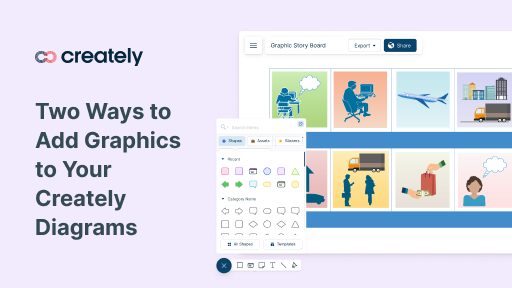It’s no secret that the key to the continued smooth operation of an organization is its employees – well, the right kind of skillful employees doing their job right. And the way to get that kind of employee working in your organization can only be made possible through proper human resource planning software.
In this post, we have simplified the human resource process for you by breaking it down into four steps and providing you with ready-made templates to immediately execute those tasks.
What is Human Resource Planning
Human resource planning is the process by which organizations assess the current human resources, forecast future requirements or necessities, identify the gaps and come up with a plan to fill them.
Basically, human resource planning, also known as workforce planning and manpower planning, helps you ensure that you have the right number of people with relevant skills in the right kind of job position at the right time.
Importance of human resource planning
Human resource planning plays a major role in making sure that the necessary skills are made available to the organization whenever needed to meet its strategic goals. In addition, there are several more important reasons why human resource planning is crucial to an organization.
- It helps make sure that the existing manpower is being used optimally
- It supports achieving the organization’s strategic goals and objectives by ensuring that the right kind of people are hired to fulfill the demand for labor in a timely manner
- It provides information necessary to carry out other HR functions such as recruitment, selection, promotion, training and development, etc. and define HR policies
- It helps the organization adapt to the changes in the environment caused by competition, technology, government policies, etc. that may result in a need for new employees, new skills, etc.
- It helps identify labor requirements needed to successfully implement expansion and diversification plans
- It also assists with anticipating deficiencies or surpluses in manpower and take the necessary steps to handle the situation
- It helps develop career plans for individual employees and determine the training and development they need
4 Steps in the Human Resource Planning Process
There are 4 broad steps involved in the human resource planning process.
Step 1: Identify the current supply of human resources
The planning process starts by analyzing the current labor pool. Identify the strengths and weaknesses of your organization with regard to the number of employees, their skills, experiences, qualifications, positions, performance levels, age, benefits, salary levels, languages spoken, prior employment, etc.
There are several ways you can go about this step.
- Refer to the past performance reviews
- Gather data from your human resource information system
- Talk to the department heads to get an idea about the employees working under them
- Ask the employees themselves with a questionnaire
- Get employees to do a self-evaluation of themselves with a SWOT analysis
Once you have collected an abundance of information on current employees, transfer them to a skills inventory report. A visual template for a skills inventory that is easier to refer to and understand is given below.
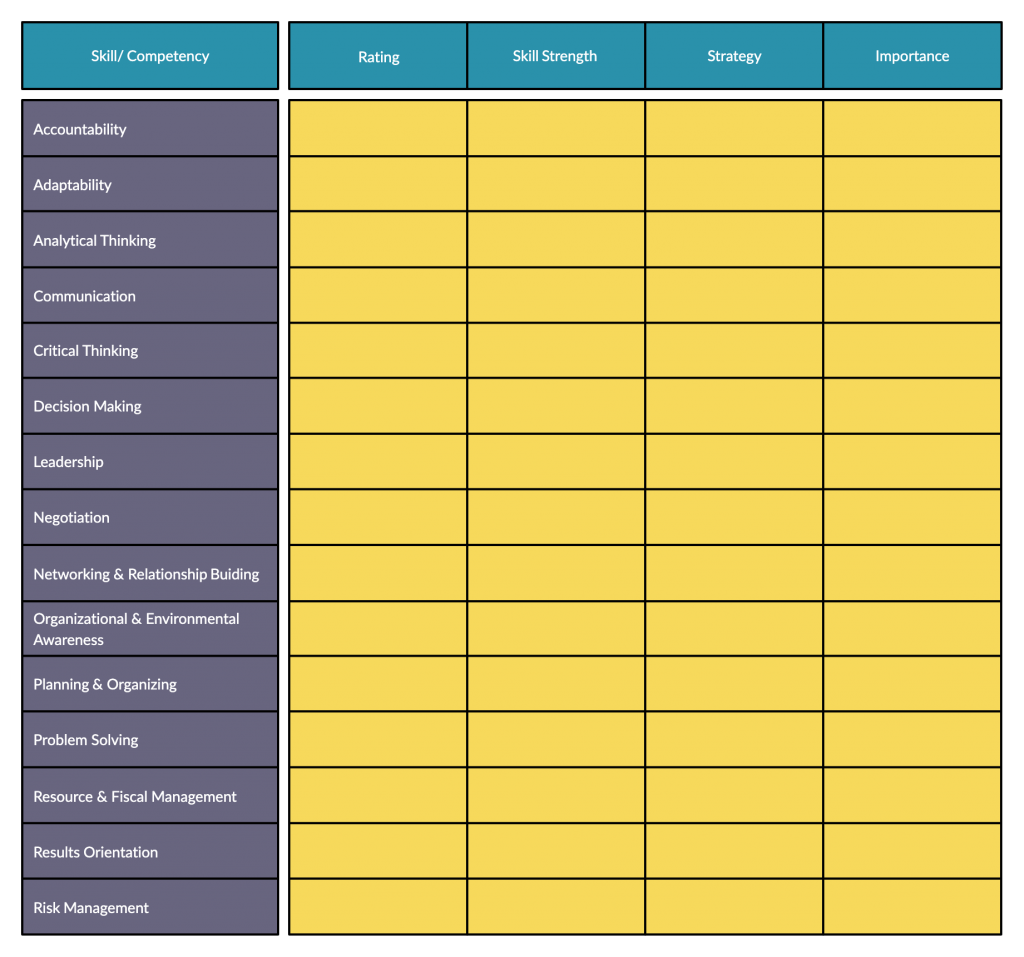
Step 2: Forecast future demand for human resources
This step requires you to understand the future goals of the organization first, as they would have a significant impact on the future human resource demands.
Prior to determining the future needs, you also need to consider factors such as employee turnover rates, market or industry trends, technological advances that will help automate processes, retirements, promotions, layoffs, etc.
Step 3: Analyze the gap between supply and demand for labor
Now that you have clarified what skills are available in your inventory and which you will need for the future, you can clearly see the gaps that exist.
Can the current supply of employees in the organization help fulfill future requirements?
Will you have to offer training and development programs to upgrade the current employees to meet company objectives?
If this is not sufficient, then you will have to recruit new employees with relevant skill sets to match the demand for manpower in the future.
It’s important that you maintain the balance between demand and supply in human resource planning.
Step 4: Develop and implement the plan to meet the gaps
Then comes developing an action plan.
If there’s a deficit of employees, you can spend your efforts on hiring new employees, training existing ones, outsourcing or interdepartmental transfers.
On the other hand, if there’s a surplus of employees, you may need to consider layoff, voluntary retirement schemes, transfers, etc.
Once a plan is devised, it should be integrated with the overall strategy of the organization. And it’s important to monitor the plan and evaluate its effectiveness throughout time.
Human Resource Planning Tools
You can use these tools throughout the different steps of the workforce planning process. They can assist you in analyzing the capability of your current staff, and determine future needs. The templates provided are editable online; simply click on the template to edit it online.
SWOT Analysis
SWOT stands for strengths, weaknesses, opportunities, and threats. It can be used as a tool for self-evaluation by individual employees, or as a strategic tool to assess the current state of the organization.
Strengths and weaknesses are the factors that are internal. For example, a strength of your organization could be the presence of skilled employees, but a weakness could be the insufficient numbers of skilled employees.
Opportunities and threats are external factors. For example, the availability of skilled employees in the market could be a great opportunity for you if you are hiring. On the other hand, your competitor poaching your employees with better salaries could pose a threat to you.
The SWOT analysis is one of the most popular tools used during a situation analysis. Some other situation analysis tools you can use with manpower planning are described in our guide to situation analysis.
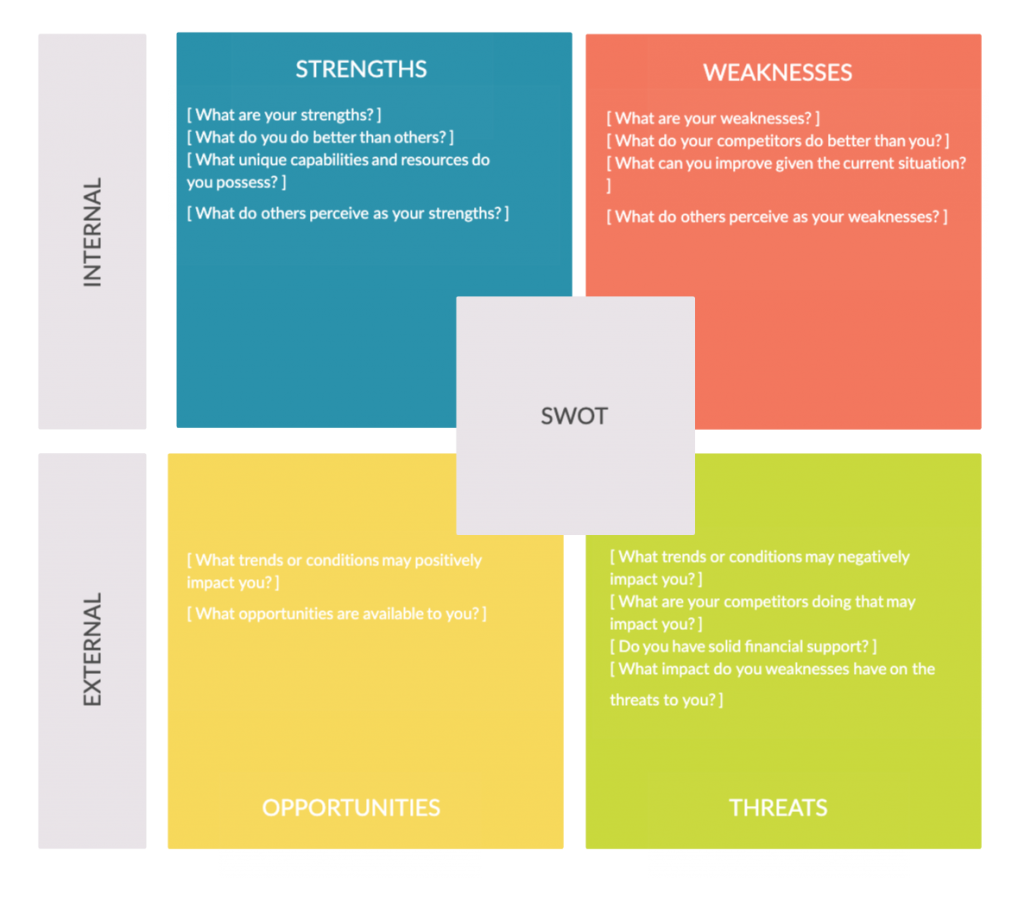
Organizational Chart
An organizational chart is a visual representation of the hierarchy/ structure of an organization. It also highlights reporting relationships between employees, their roles and responsibilities. In human resource planning, it can be used in a number of ways,
- To record information about current employee roles, responsibilities, skills, experiences, etc. You can also add additional information such as their educational qualifications, and demographical data. This will help you quickly identify the right personnel for the job.
- To create a roadmap of the staffing needs. You can mark labor deficiencies and surplusses on your company organizational chart as well.
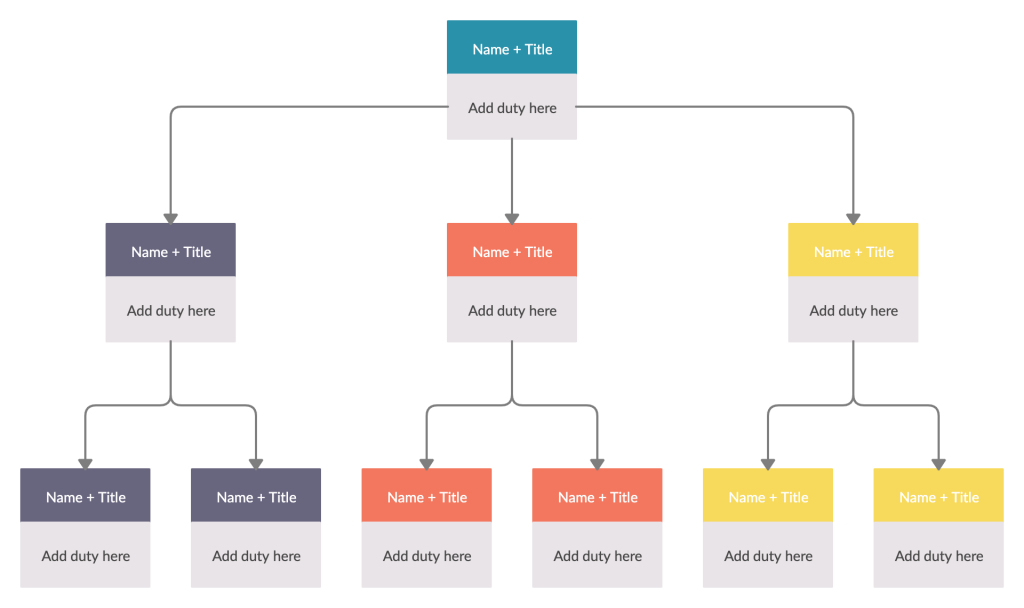
RACI Matrix
This is a chart, project managers use to assign roles and responsibilities to tasks in a project. It highlights who should be responsible, accountable, consulted and informed during a project.

9 Box Grid
The 9 box grid, also known as the performance-potential matrix, is widely used in employee development and succession planning. It helps evaluate your existing employees against their current performance and their future potential performance.
Rating your employees with the help of the 9 box grid helps you identify strong employees and those who are falling behind.
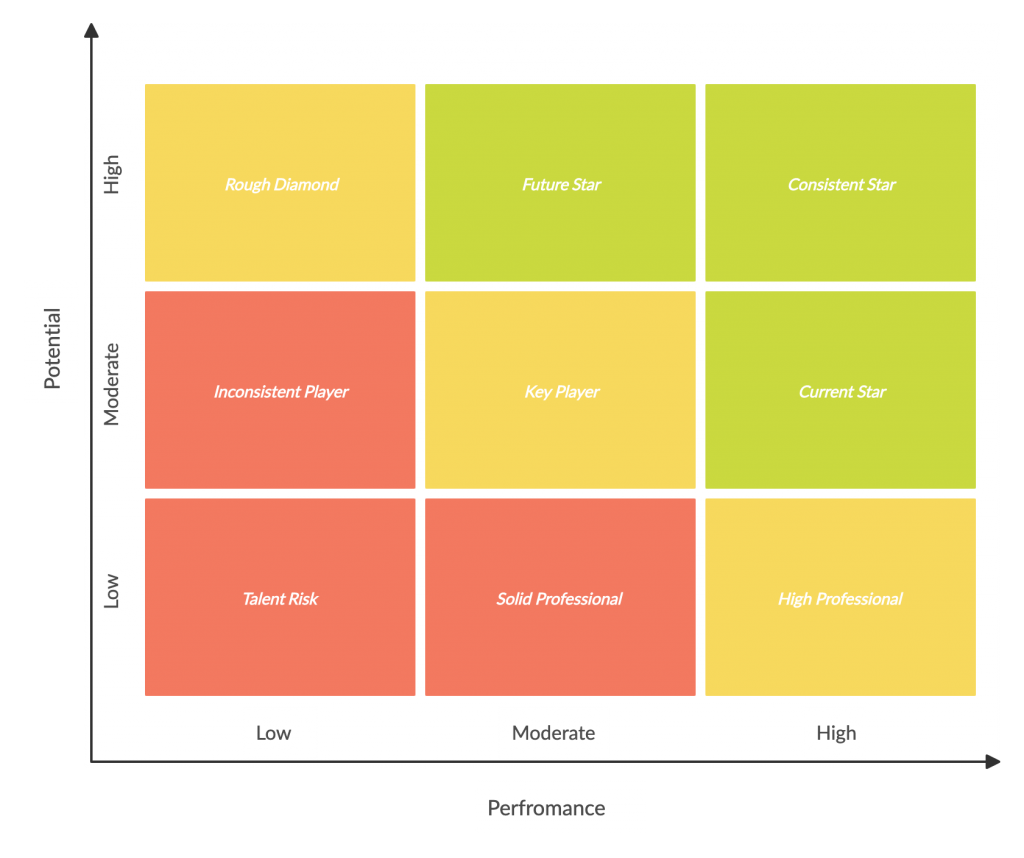
Scenario Planning
There are many scenarios, like technological advancements, natural disasters, political or economic changes that could drastically alter the future direction of your company. Ordinarily, you may not see them coming or plan for them.
By incorporating scenario planning in your strategic planning process, you can identify these different future scenarios, discuss how they will affect your organization and take precautionary measures.
You can incorporate scenario planning with human resource planning by examining scenarios that involve your changing future labor requirements.
Refer to our resource on scenario planning to learn about this tool in more detail.
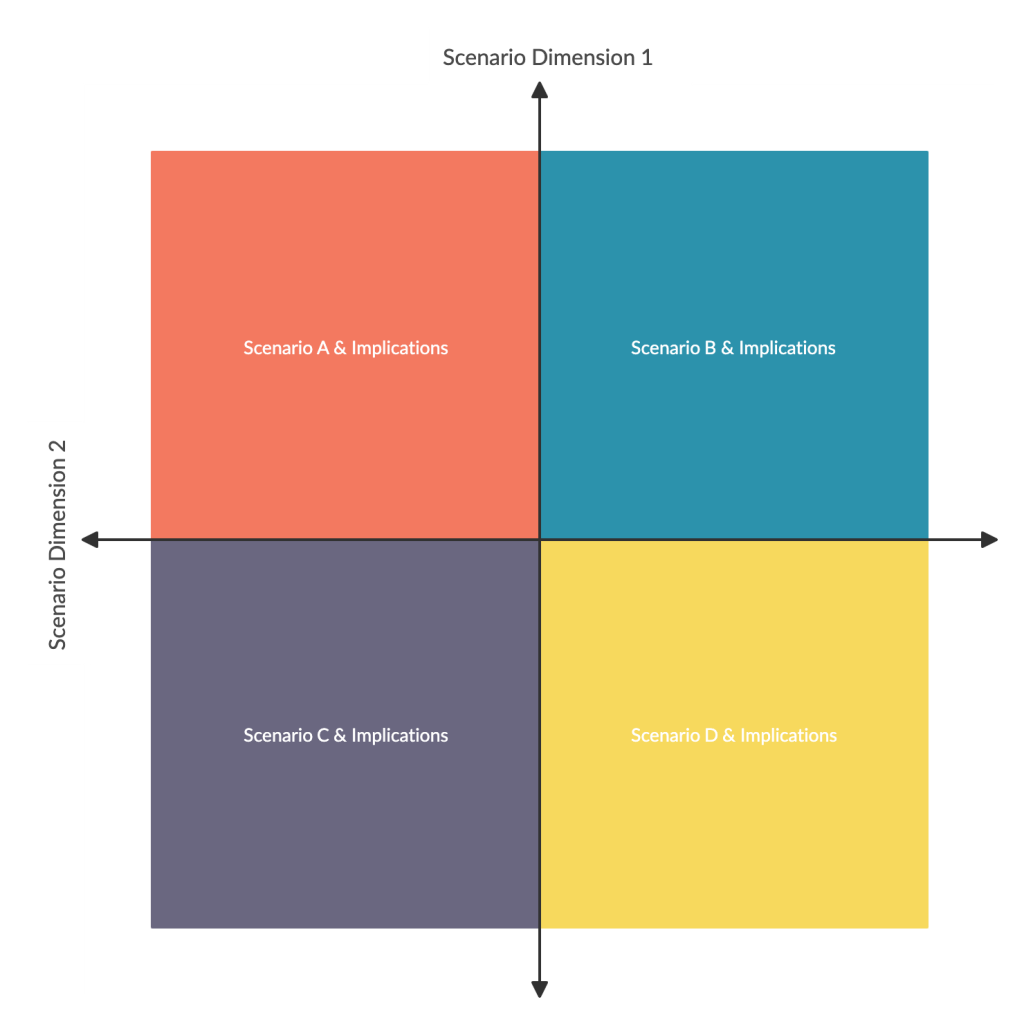
Replacement Chart
This is a diagram that is similar to the organizational chart. It is used to identify potential candidates who can replace an employee who is retiring, transferring, etc. Individual replacement charts can be developed for each significant position in a company along with potential replacements.

Any Tips for Improving Manpower Planning?
In this post, we’ve basically covered everything you need to know about human resource planning, especially if you are a newbie. And we believe the templates provided will help you kickstart your project.
Already an expert in workforce planning? Do share the tips on tools and processes you swear by in the comments section below.


